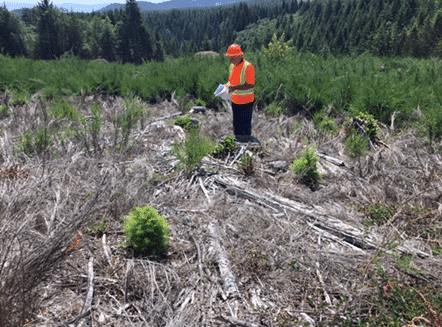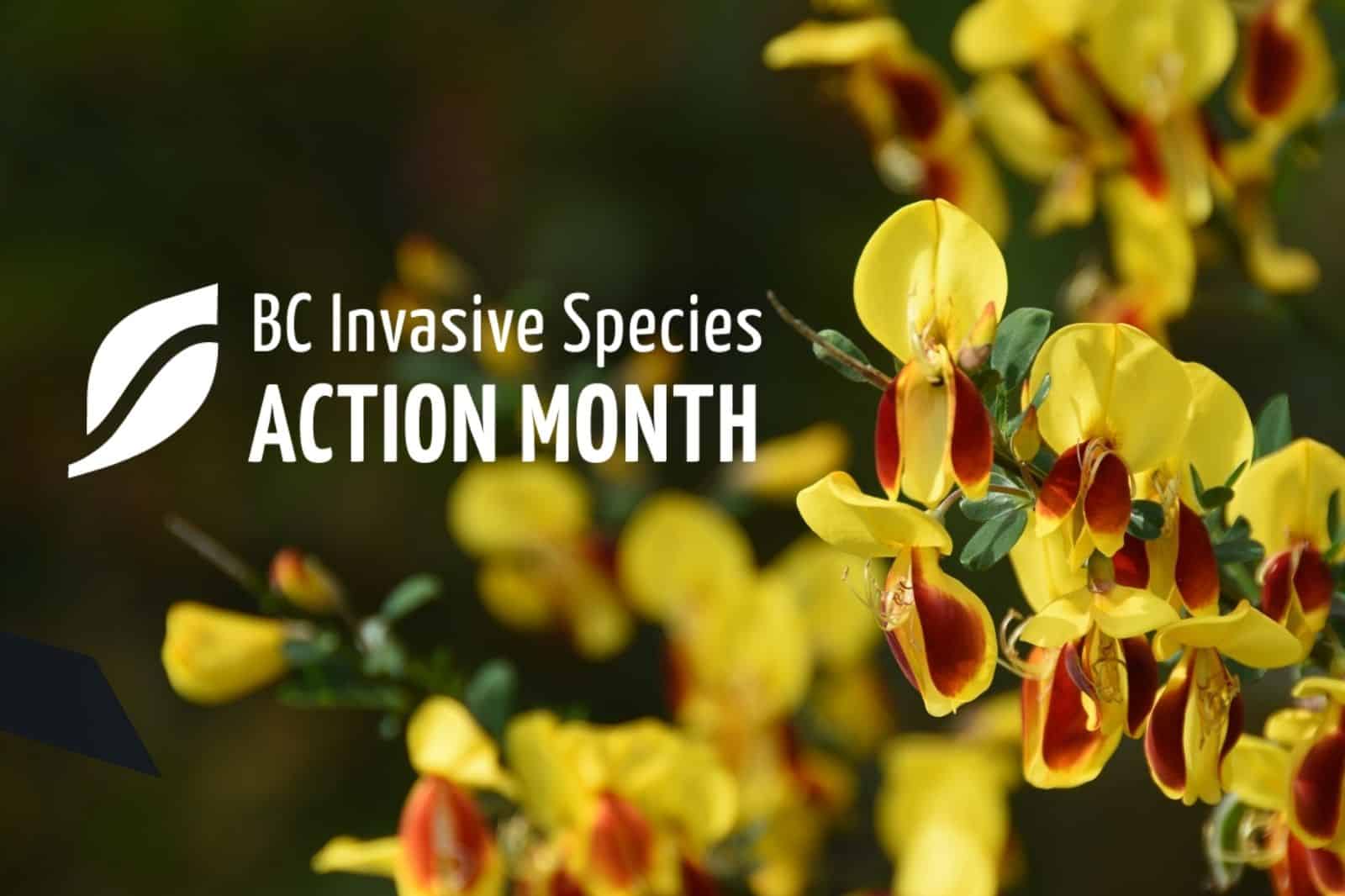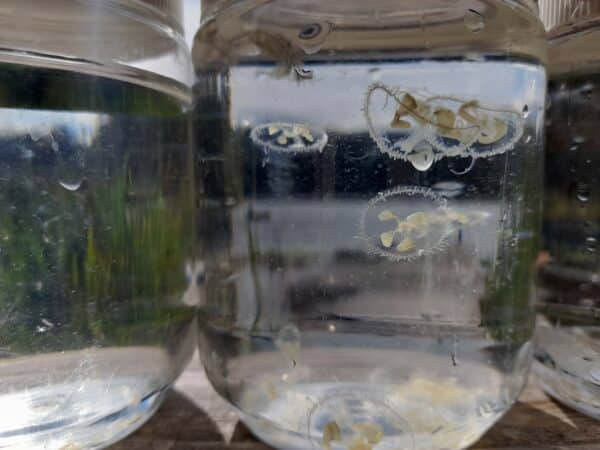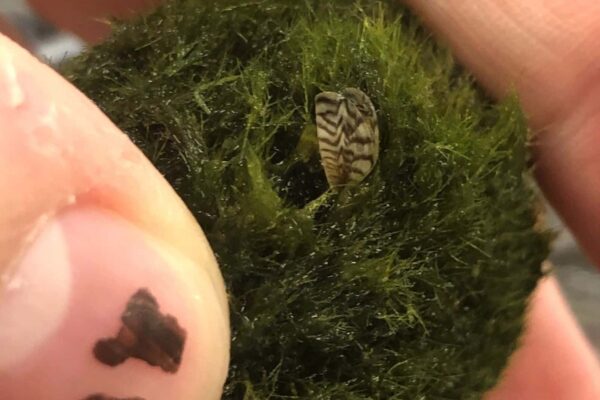Published May 20, 2021
Scotch broom (Cytisus scoparius) is an invasive plant introduced to BC’s Vancouver Island in the mid-19th century as an ornamental plant. Its spread continued following planting as a bank stabilizer during road development and as discarded crate packing material for gold camps along the west coast. It is toxic to animals, threatens BC’s forests and presents a huge wildfire risk.
Scotch broom is a growing concern in BC’s Vancouver Island silviculture, where trees are planted and managed to support the timber industry. The invasive plant hinders reforestation efforts by limiting the growth of conifer seedlings (Prasad 2000).
Mosaic Forest Management Corp., a leader in sustainable timberlands management, is responsible for reforestation in many areas across BC including south Vancouver Island. They encountered several hurdles when planning management of Scotch broom on Vancouver Island:
- Lots of Scotch broom seeds in the soil (southern operations particularly)
- Spread from utilities rights-of-way, powerlines or highway roadsides
- Increased forest fires causing a large amount of seeds to be expressed at one time
- Disturbed ground providing ideal growing conditions
- Climate change leading to better growing conditions
- Manual treatment of young broom ineffective
- Limited control options in pesticide-free zones
- Limited options for chemical use in forestry (much more choice in agriculture or industrial industries)
- Glyphosate treatment unproductive, limited treatment window and can cause crop tree damage (burn or mortality) and multiple applications required (leading to overuse of chemical)
It was clear that past ways of controlling Scotch broom just weren’t working and crews were returning to the same broom-infested sites year after year. Cutting broom with brush saws was unsuccessful and caused broom to re-sprout and grow more vigorously.

As management costs escalated to over $1 million annually, Mosaic knew a new approach was needed. How? Treating broom once successfully!
In 2015, TimberWest (now Mosaic Forest Management) began researching alternative control methods, including looking for a replacement to glyphosate treatments. Mosaic trialled new treatments in 2018, treating both the base and leaves of broom with a herbicide called triclopyr. Treatments targeted young plants, were effective year-round and minimized damage to nearby plants. The new application method, called ‘fasal’, combined with timely brush cutting, quickly became adopted as a new and effective way to manage broom.


Vancouver Island Scotch broom management will continue to adapt. More frequent surveys are now happening to identify problem areas and stop broom before it spreads. When replanting, the strongest tree species are carefully selected and fertilized. New tree seedlings are also protected from deer and other grazers.
Project Partners
- Mosaic Forest Management Corp.
- Dow AgroSciences (now Corteva AgriScience) and Univar Environmental Sciences (now Veseris)
- John Spackman, JL Vegetation Solutions Ltd.
Share


















